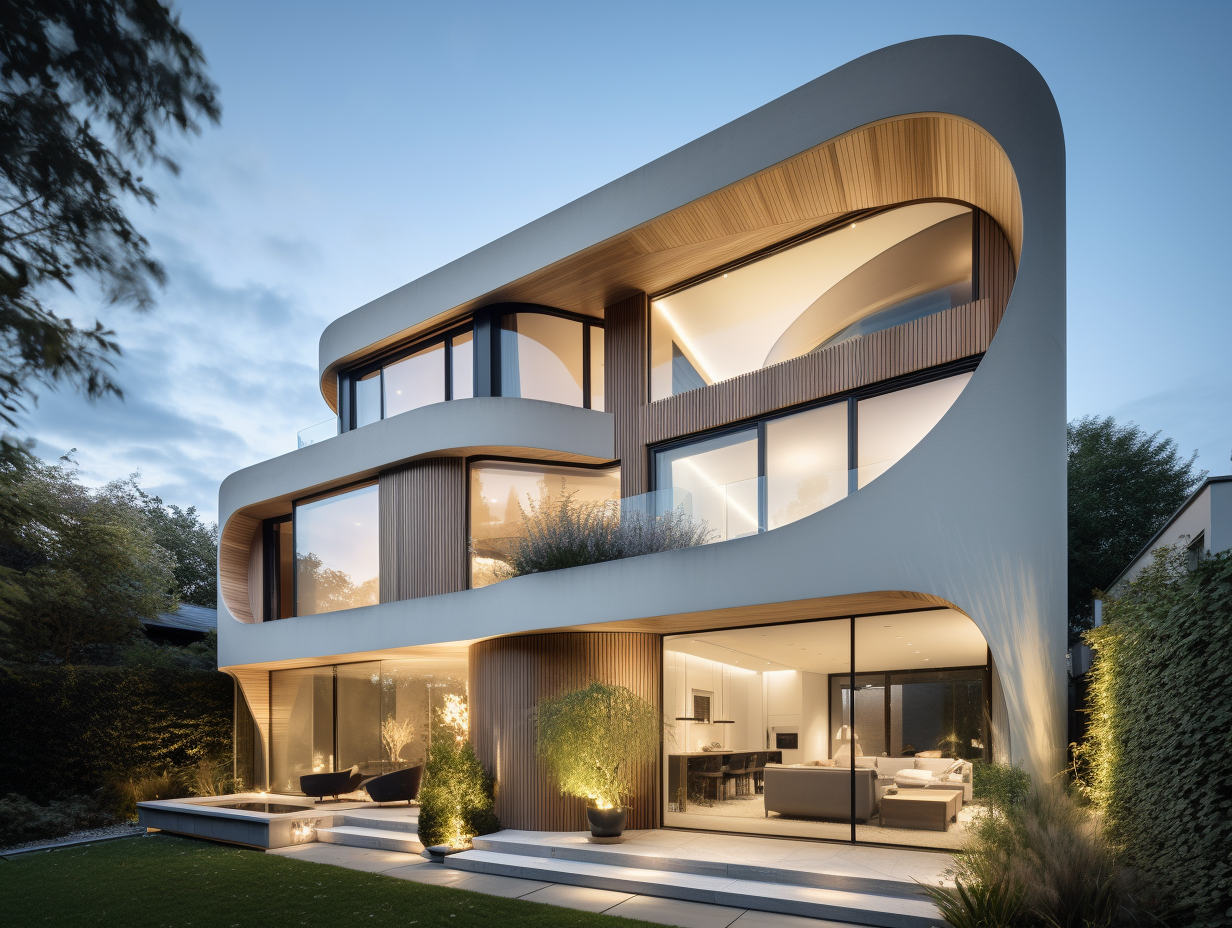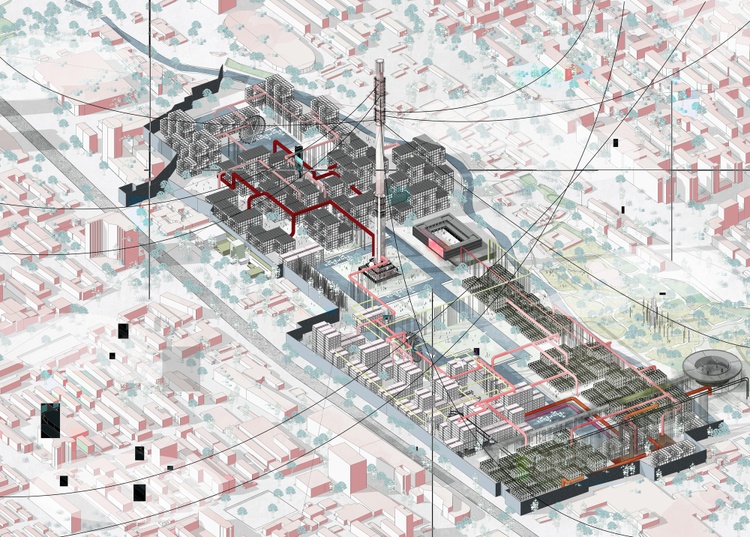The Impact of Technical Developments on the Layout Practices of Contemporary Architects
The quick evolution of technological tools has substantially improved the design landscape for contemporary architects, promoting unmatched degrees of technology and sustainability. Exploring these dynamics reveals a nuanced interplay between technology and conventional design approaches, triggering a better assessment of what the future holds for architectural methods.
Development of Architectural Equipment
Exactly how have architectural devices changed the style and construction procedures over the centuries? The development of architectural devices has significantly influenced the effectiveness, accuracy, and creative thinking of style and construction.
With the arrival of the Renaissance, the introduction of the compass and the protractor noted an essential shift. These devices enabled engineers to accomplish better accuracy in their layouts, assisting in the emergence of even more detailed and in proportion structures (cda architects). The Industrial Revolution better reinvented building exercise with the intro of mechanized devices and materials, enabling for bigger and much more enthusiastic projects
In the 20th century, the advancement of computer-aided layout (CAD) software application changed the landscape once more, giving architects with extraordinary capabilities in modeling and visualization. Today, advanced devices such as Building Info Modeling (BIM) and parametric layout software proceed to press the boundaries of building technology, allowing an extra integrated method to layout and construction processes.

Improved Partnership in Style
As innovation remains to evolve, boosted collaboration in design has actually ended up being a cornerstone of modern-day architectural practice. The assimilation of digital tools such as Structure Info Modeling (BIM), cloud-based platforms, and progressed visualization software application has changed the way engineers, engineers, and stakeholders connect throughout the style procedure. These tools facilitate real-time interaction, allowing groups to share ideas, modifications, and feedback instantly, no matter geographical place.
Moreover, online fact (VR) and boosted reality (AR) have additional enriched collaborative efforts by making it possible for immersive experiences that allow customers and team participants to visualize tasks in a much more interesting way. This degree of interaction not only boosts understanding but likewise cultivates a sense of possession amongst stakeholders, causing more educated decision-making.
Additionally, interdisciplinary collaboration has been structured via these technological improvements, making it possible for designers to function more closely with other experts, such as city organizers and environmental specialists. The result is a much more natural technique to make that considers various perspectives and know-how. Inevitably, boosted collaboration in design is not merely a trend; it is essential for creating innovative, functional, and aesthetically pleasing architecture in an increasingly complex world.
Sustainability Through Technology
Sustainability in architecture has significantly come to be linked with technical advancement, driving the market toward environmentally responsible practices - cda architects. Contemporary engineers are leveraging innovative modern technologies to lessen ecological effect while improving the performance of structures. One noticeable instance is making use of Building Information Modeling (BIM), which permits specific preparation and resource allotment, reducing waste throughout building and construction and promoting energy performance throughout a structure's lifecycle
Furthermore, smart products and energy-efficient systems are being integrated into layouts to enhance resource use. Technologies such as solar cells and green roof covering systems harness sustainable energy resources, adding to reduced carbon impacts. Furthermore, the application of expert system in design procedures allows architects to imitate and evaluate power usage, guiding decisions towards more lasting results.
The assimilation of sustainable modern technologies not only straightens with worldwide ecological index goals however additionally satisfies an increasing demand from customers for environmentally friendly remedies. As designers welcome these developments, the emphasis shifts towards creating areas that are not just aesthetically pleasing however additionally functionally sustainable, consequently redefining the standards of contemporary style. In this way, innovation functions as a catalyst for sustainability, allowing engineers to design buildings that respect and improve the native environment.
Difficulties in Application
While technical advancements in architecture hold excellent promise for enhancing sustainability, their application usually encounters significant obstacles. One primary challenge is the steep knowing contour associated with new technologies. Engineers and construction professionals may need extensive training to successfully use innovative software program and devices, which can postpone task timelines and raise prices.
In addition, the assimilation of arising modern technologies, such as Structure Info Modeling (BIM) and sustainable materials, typically requires partnership across multidisciplinary teams. This collaboration can be prevented by distinctions in expertise, operations, and interaction designs, bring about possible disputes and ineffectiveness.
Financial constraints further make complex the fostering of cutting-edge innovations. Several building firms, especially smaller ones, might do not have the sources to spend in cutting-edge devices, restricting their ability to compete with bigger firms that can afford such financial investments.
Additionally, regulatory structures and building ordinance may not equal technological innovations, producing ambiguity and possible compliance concerns. This difficulty can discourage engineers from completely welcoming new technologies, as the danger of non-compliance may surpass the benefits. Consequently, dealing with these execution difficulties is crucial for the effective integration of technological advancements in contemporary building practices.
Future Trends in Design
The obstacles related to the application of brand-new technologies in design have actually motivated a reevaluation of future trends within the market. As engineers navigate problems such as sustainability, urbanization, and social equity, they are progressively taking on innovative innovations to boost layout efficiency and environmental efficiency.
One noticeable trend is the combination of expert system (AI) in the layout process. AI tools can examine substantial datasets to inform design decisions, improving both creativity and functionality. Building Information Modeling (BIM) continues to develop, allowing real-time partnership among stakeholders and helping with streamlined project administration.
Sustainable layout methods are likewise acquiring momentum, with engineers concentrating on adaptive reuse and regenerative layout principles that decrease source consumption and waste. The incorporation of clever materials and renewable power resources will even more enhance the resilience of structures despite environment modification.
Additionally, the rise of parametric layout permits more personalized and context-sensitive find out here now building options. By taking advantage of these improvements, architects are positioned to produce developed environments that not just deal with the immediate demands of culture but additionally anticipate future difficulties, thereby redefining the duty of you can look here design in an ever-changing world.
Final Thought

Comments on “Top Reasons to Choose CDA Architects for Your Residential or Commercial Designs”